Watch Mat Collishaw's eerie ode to bats
British artist Mat Collishaw's mesmerising public video installation Echolocation tunes into the navigation technique used by bats and pays homage to the rich history of Kingston
Lurking deep in an alleyway in Kingston is a curious, and possibly even enlightening sight. The subject of Echolocation, Mat Collishaw’s first permanent public installation in the UK is Kingston’s All Saints Church, a site that has borne witness to many a milestone moment in English history.
The original chapel, now long gone, was the coronation site of several Saxon kings including Athelstan, who, in 925, was crowned the first king of a unified England. ‘These kings weren’t crowned because they were nice guys, [people] assumed that they were divine,’ says the British artist via Zoom from his Camberwell studio and home, a former pub. ‘I wanted to interrogate the space and its spiritual allure.’

Mat Collishaw, Echolocation, 2021, installation view. Courtesy of the artist
The church survived Henry VIII’s reformation and witnessed Kingston’s evolution from scattered settlement to modern-day town. Collishaw’s task was a multifaceted one: to excavate almost a millennium of Kingston’s history and create something, as he puts it, ‘coherent, accessible and engaging and not didactic or information heavy.’
The result is an eleven-meter-long, three-channel video installation now on view at the Undercroft, a long alleyway that runs between the river Thames and All Saints Church.

Mat Collishaw with Echolocation, 2021.
Collishaw used architect-grade 3D laser scanning (Lidar) to resurrect the church in an eerie, spectral haze. Like an X-Ray, these skeletal white shards, rendered in microscopic detail and toying with negative and positive space, feel simultaneously tangible, and not of this world. ‘You can see the architecture, but you can also see through the architecture,’ says Collishaw, who meticulously scanned the interior and exterior of the modern-day church building, now an amalgam of architectural styles.
In the process, the artist drew on yet another parallel with the town - a bat conservation area - the mysterious echolocation method used by the nocturnal animal to navigate. ‘It’s a high-tech way of reading, navigating and plotting out space, so there is a synergy between those things,’ he says. Collishaw casts a translucent bat as his animated protagonist in this otherworldly tale, gliding through the deserted church in eerie solitude. With video recordings of bats mid-flight few and far between, 3D-modelling its body, recreating its distinctive movement and plotting its journey through the church’s interior was easier said than done. ‘I’m constantly looking at frames of people or animals moving and how that can break down,’ says the artist, who collaborated with Kingston University’s animation department on the project. ‘Bats are so quick, so they are the worst possible animal to track.’

Accompanying the perpetually-looping installation is a composition comprising solo cello overlaid with a virtual choir and a soundtrack of bat noises. Ordinarily, when the flying mammals use echolocation, humans are only able to discern the occasional, very faint click. Slowed down, as Collishaw has done here, these clicks become perceptible to the human ear; endearing chirps with distinct tonal progressions.
Beyond its technical feats, the piece is a commentary on sacred space, a theme the artist’s work has long explored. Growing up in a highly religious environment, Collishaw talks of the similarities between the roles of gallery and church: ‘[in a gallery] everything is just pushed to one side and you can meditate on Carl Andre’s pile of bricks, or whatever you're there for. You have a relationship with the artwork, whether it sings to you or not, or resonate or not.’

Collishaw also took Kingston’s prodigal son Eadweard Muybridge as his muse, the pioneer of stop-motion photography and whose work laid the groundwork for motion-picture projection. Muybridge was born in 1830 and christened Edward at All Saints, only later assuming the spelling Eadweard after the Saxon kings. He died, aged 74, a mile from the site of Collishaw’s installation.
The final piece of this complex web of sound and vision is the projection itself, cast onto a semi-transparent net-like mesh, another deft nod to Kingston’s history of fishing.
Best experienced at dusk, Echolocation is a homage to Muybridge’s meticulous breakdown of physicality in motion, the rich history of Kingston, the mysterious prowess of bats and the ethereal beauty of sacred space.
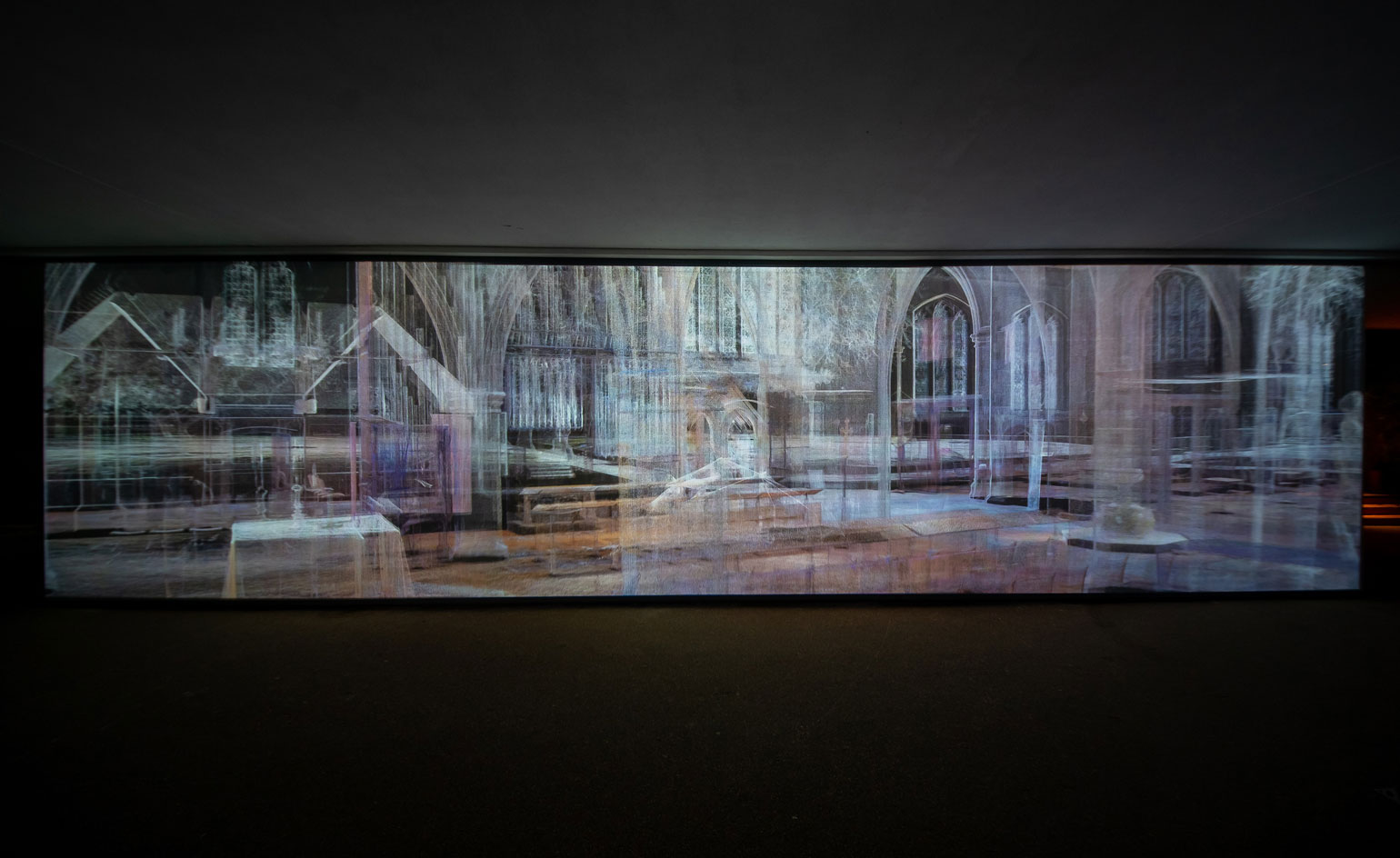

INFORMATION
Echolocation, open daily until 11pm, was commissioned by Canadian and Riverside Estates Ltd, owners of Riverside Walk, Kingston.
Receive our daily digest of inspiration, escapism and design stories from around the world direct to your inbox.
ADDRESS
6 Riverside Walk
Kingston, KT1 1QN
Harriet Lloyd-Smith was the Arts Editor of Wallpaper*, responsible for the art pages across digital and print, including profiles, exhibition reviews, and contemporary art collaborations. She started at Wallpaper* in 2017 and has written for leading contemporary art publications, auction houses and arts charities, and lectured on review writing and art journalism. When she’s not writing about art, she’s making her own.
-
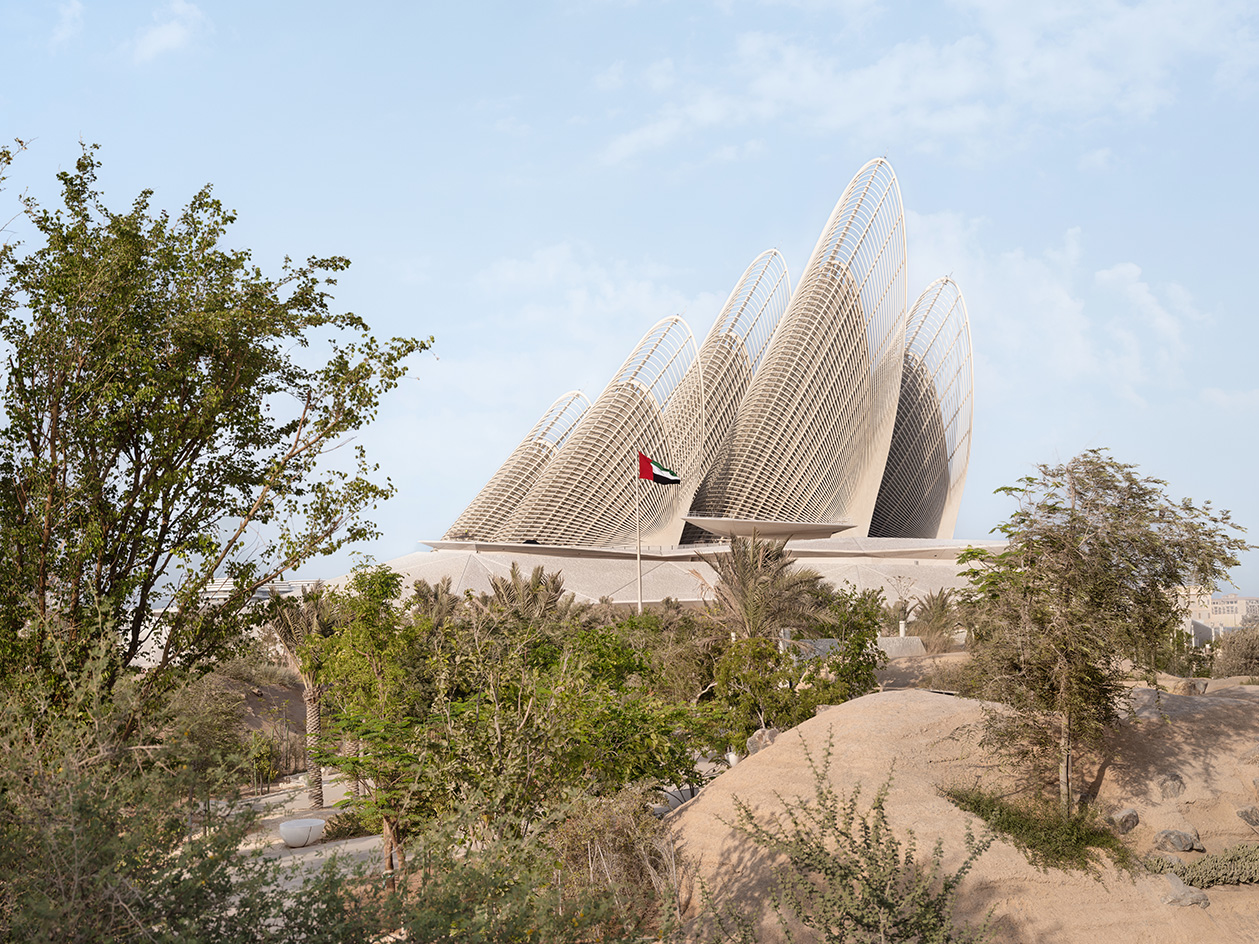 Zayed National Museum opens as a falcon-winged beacon in Abu Dhabi
Zayed National Museum opens as a falcon-winged beacon in Abu DhabiFoster + Partners’ Zayed National Museum opens on the UAE’s 54th anniversary, paying tribute to the country's founder and its ancient, present and evolving future
-
 Design Miami announces Dubai collectible design platform in collaboration with Alserkal
Design Miami announces Dubai collectible design platform in collaboration with AlserkalThe new platform will honour the region’s cultural heritage while highlighting its spirit of innovation
-
 Four new keyboards are fresh and functional desktop companions
Four new keyboards are fresh and functional desktop companionsMechanical keyboards are all the rage, bringing with them new ways of personalising your desktop. We’ve found four devices that hark back to the early days of computing
-
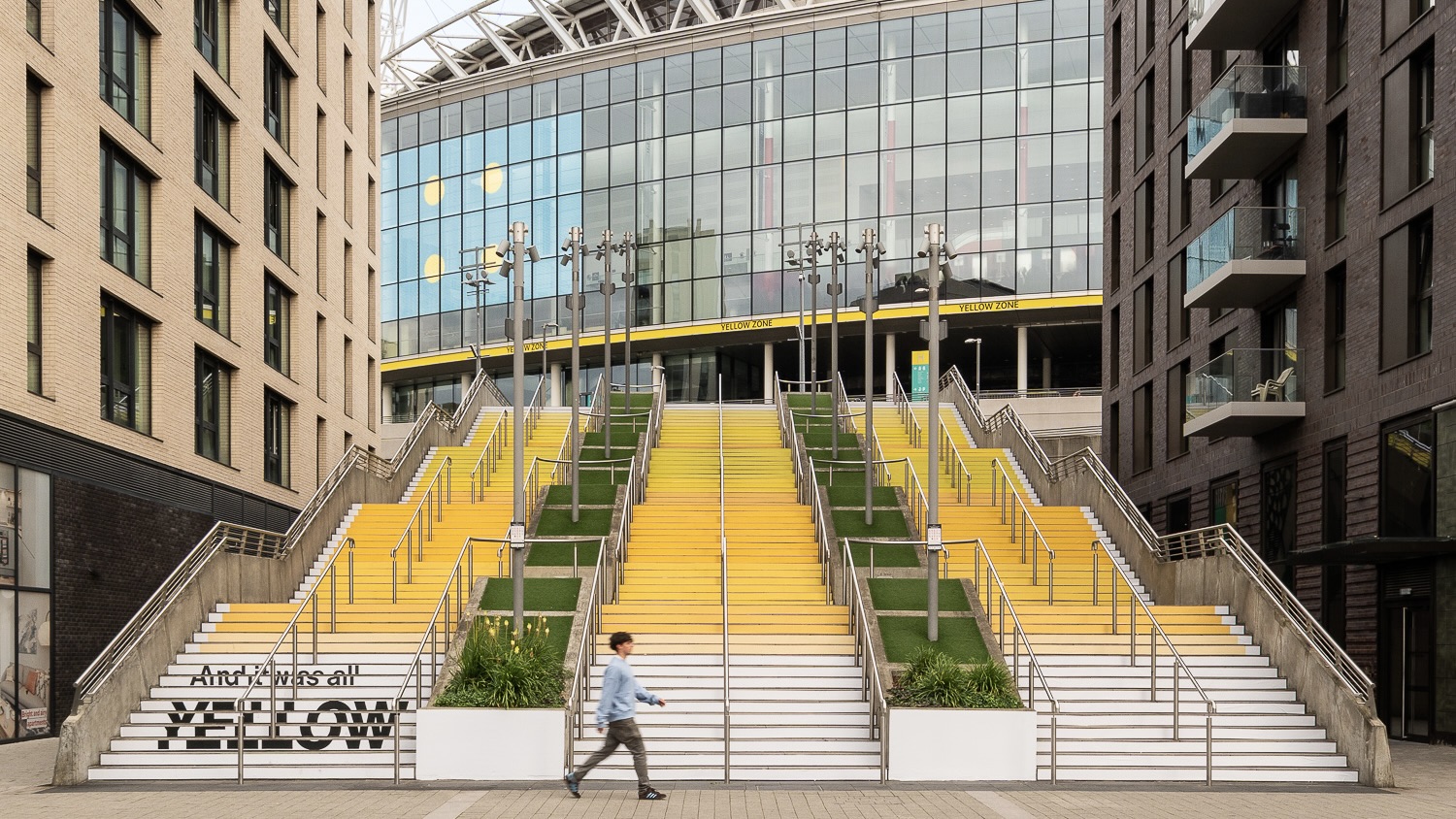 Pantone’s new public art installation is a tribute to Coldplay’s ‘Yellow’, 25 years after its release
Pantone’s new public art installation is a tribute to Coldplay’s ‘Yellow’, 25 years after its releaseThe colour company has created a – you guessed it – yellow colour swatch on some steps in Wembley Park, London, where the band will play ten shows this month
-
 Out of office: the Wallpaper* editors’ picks of the week
Out of office: the Wallpaper* editors’ picks of the weekSummer holidays are here, with Wallpaper* editors jetting off to some exceptional destinations, including highly recommended Mérida in Mexico. Then it’s back to work, or, for one editor, back to school…
-
 San Francisco’s controversial monument, the Vaillancourt Fountain, could be facing demolition
San Francisco’s controversial monument, the Vaillancourt Fountain, could be facing demolitionThe brutalist fountain is conspicuously absent from renders showing a redeveloped Embarcadero Plaza and people are unhappy about it, including the structure’s 95-year-old designer
-
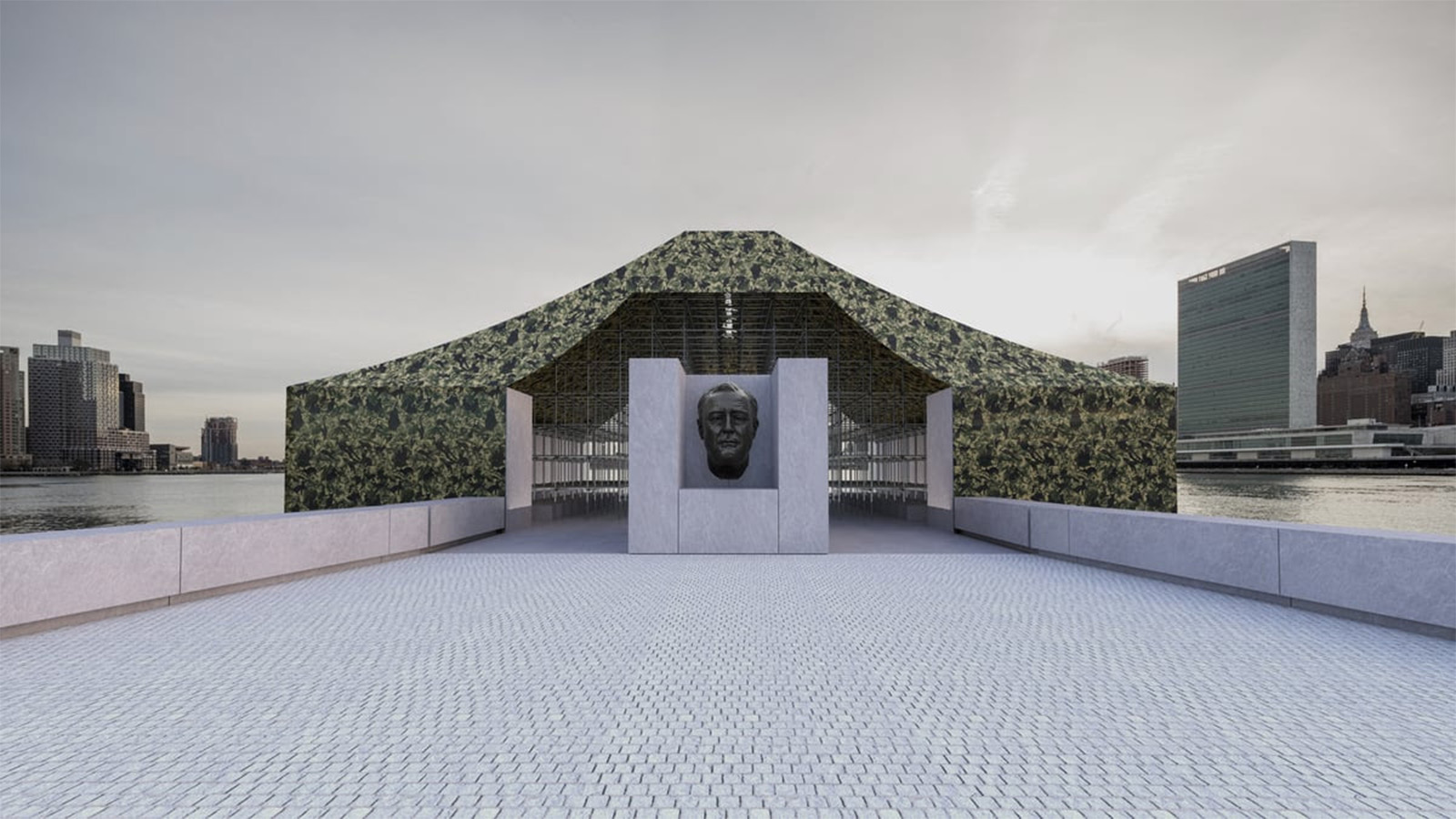 Ai Weiwei’s new public installation is coming soon to Four Freedoms State Park
Ai Weiwei’s new public installation is coming soon to Four Freedoms State Park‘Camouflage’ by Ai Weiwei will launch the inaugural Art X Freedom project in September 2025, a new programme to investigate social justice and freedom
-
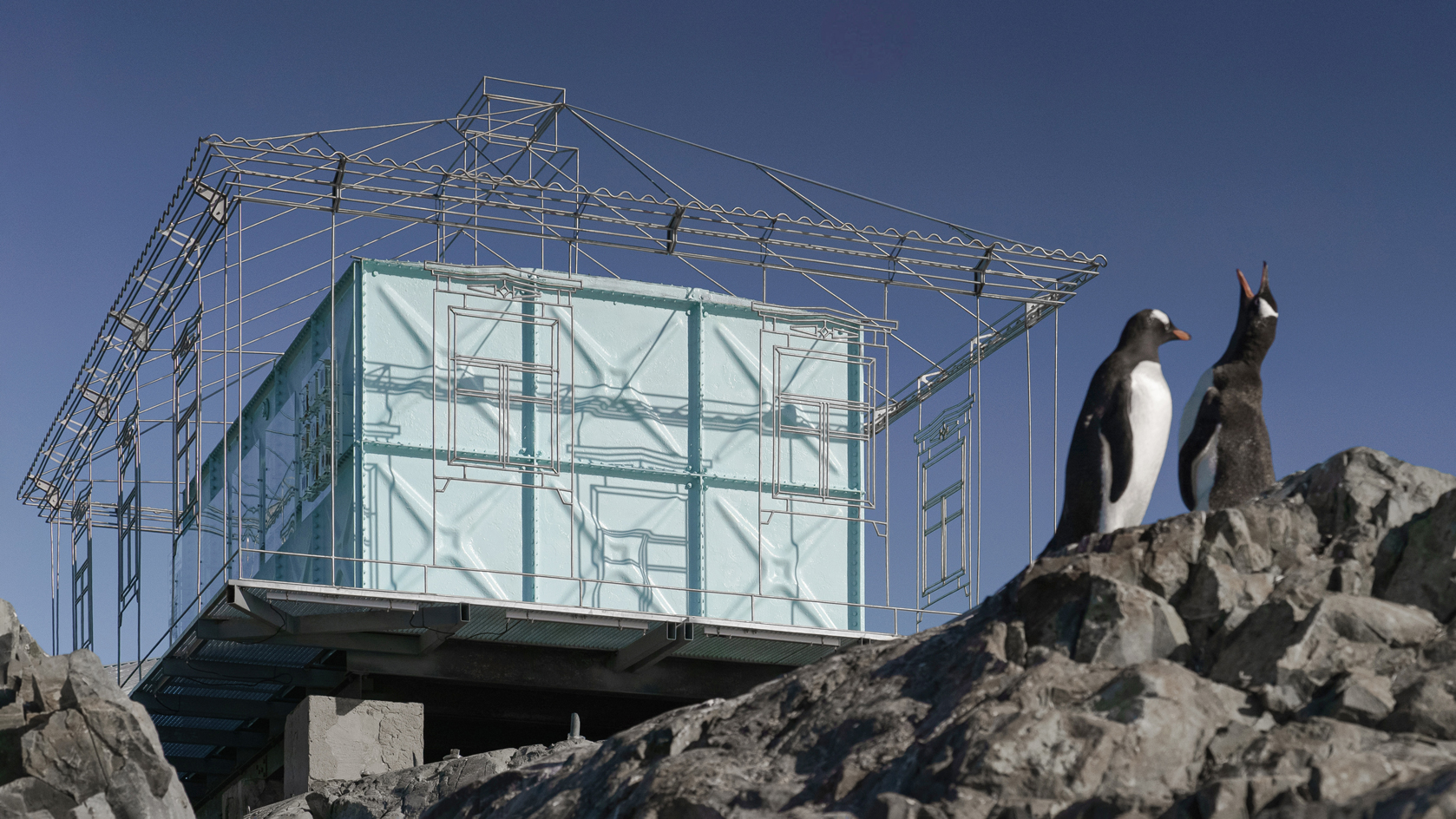 Remote Antarctica research base now houses a striking new art installation
Remote Antarctica research base now houses a striking new art installationIn Antarctica, Kyiv-based architecture studio Balbek Bureau has unveiled ‘Home. Memories’, a poignant art installation at the remote, penguin-inhabited Vernadsky Research Base
-
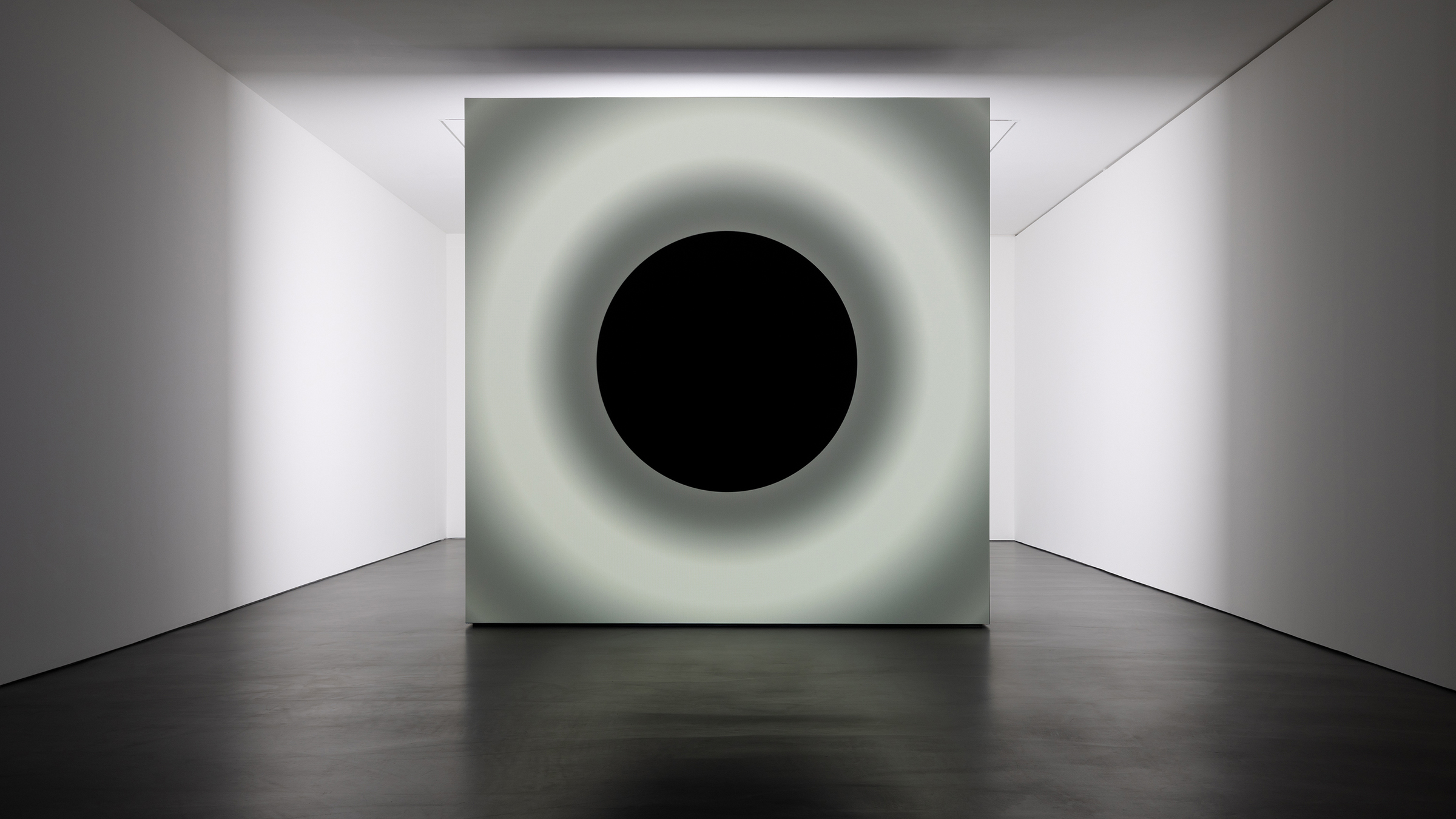 Ryoji Ikeda and Grönlund-Nisunen saturate Berlin gallery in sound, vision and visceral sensation
Ryoji Ikeda and Grönlund-Nisunen saturate Berlin gallery in sound, vision and visceral sensationAt Esther Schipper gallery Berlin, artists Ryoji Ikeda and Grönlund-Nisunen draw on the elemental forces of sound and light in a meditative and disorienting joint exhibition
-
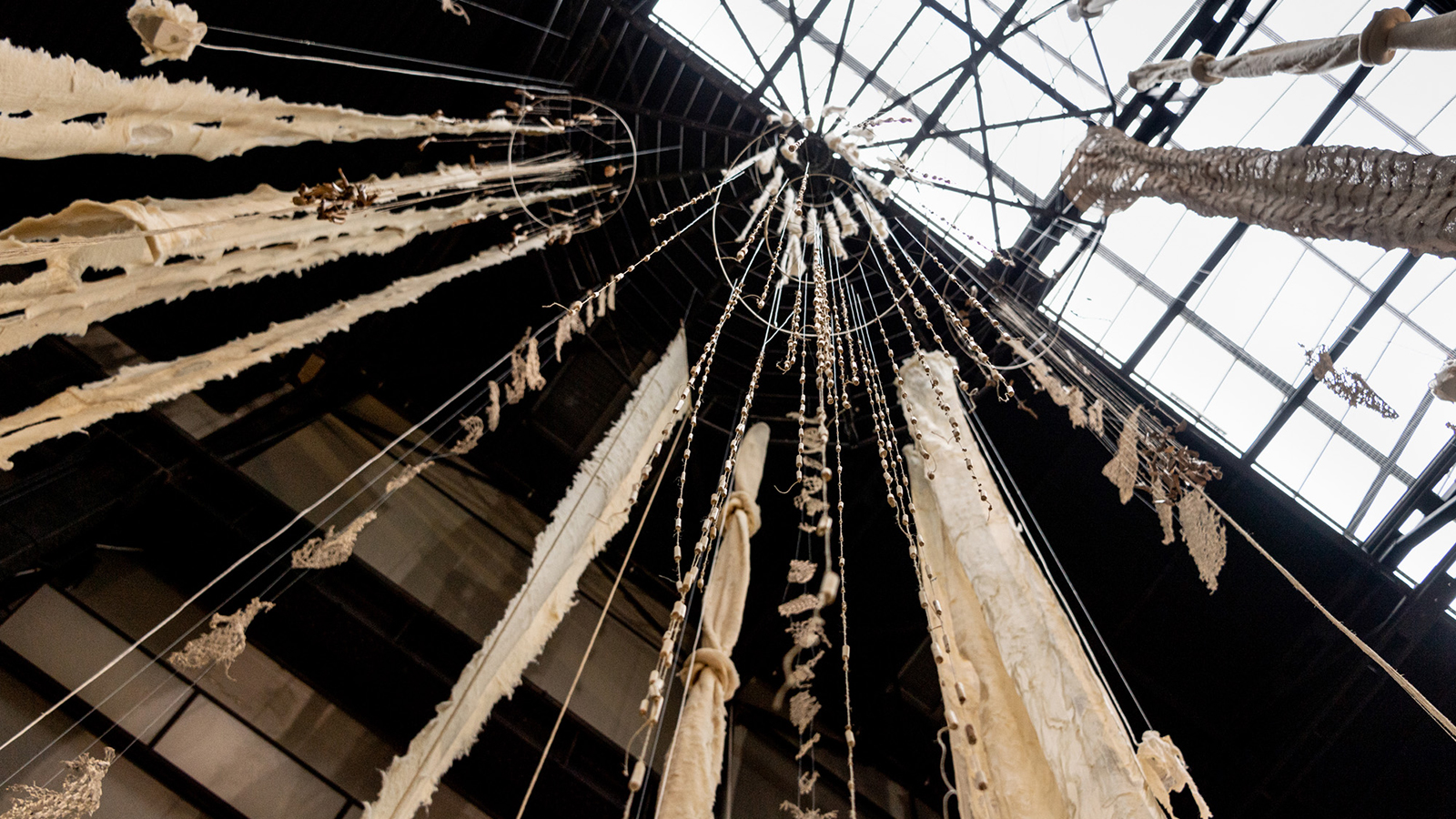 Cecilia Vicuña’s ‘Brain Forest Quipu’ wins Best Art Installation in the 2023 Wallpaper* Design Awards
Cecilia Vicuña’s ‘Brain Forest Quipu’ wins Best Art Installation in the 2023 Wallpaper* Design AwardsBrain Forest Quipu, Cecilia Vicuña's Hyundai Commission at Tate Modern, has been crowned 'Best Art Installation' in the 2023 Wallpaper* Design Awards
-
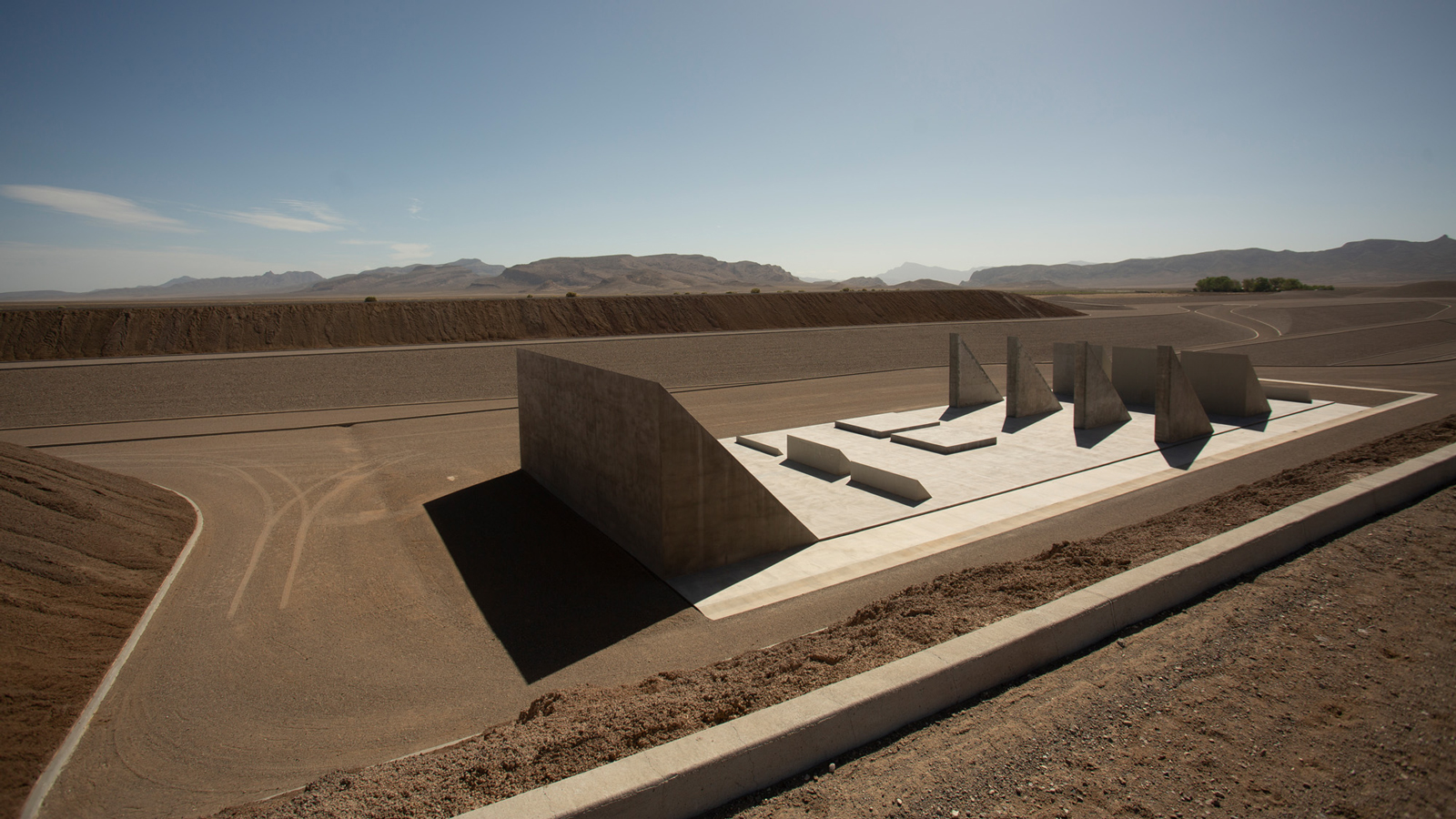 Michael Heizer’s Nevada ‘City’: the land art masterpiece that took 50 years to conceive
Michael Heizer’s Nevada ‘City’: the land art masterpiece that took 50 years to conceiveMichael Heizer’s City in the Nevada Desert (1972-2022) has been awarded ‘Best eighth wonder’ in the 2023 Wallpaper* design awards. We explore how this staggering example of land art came to be